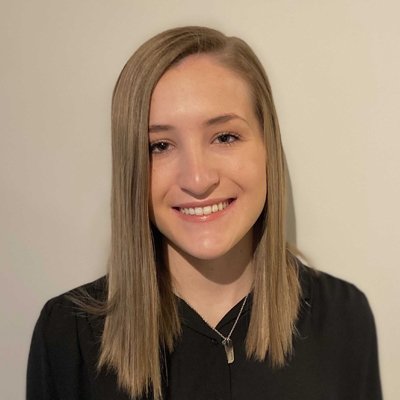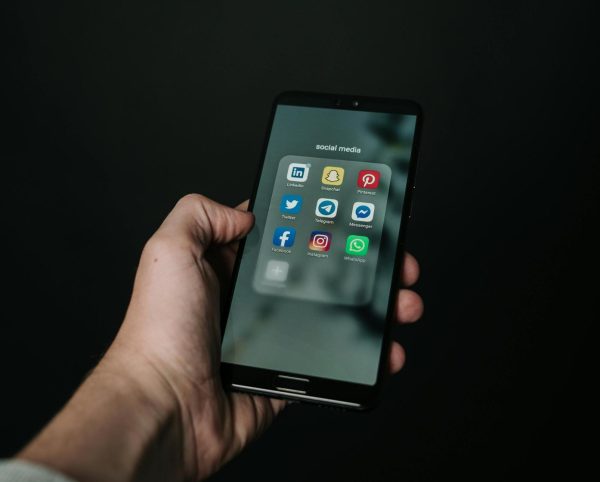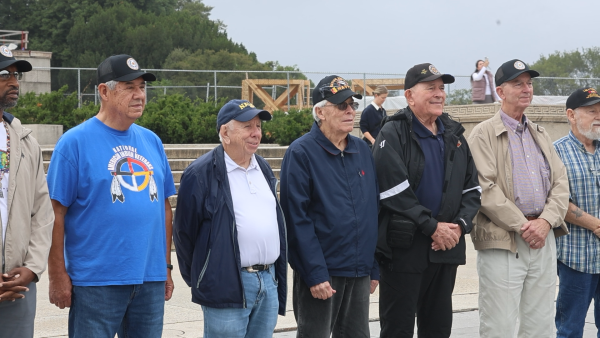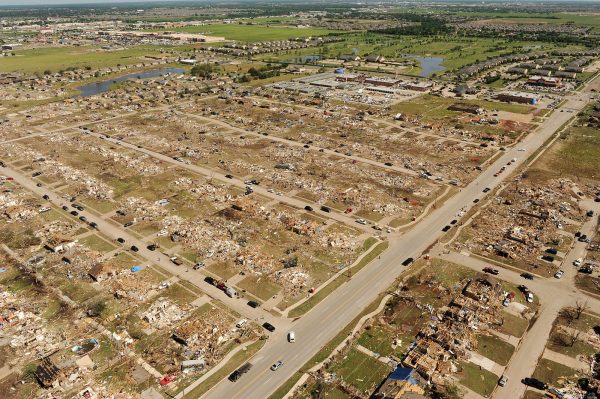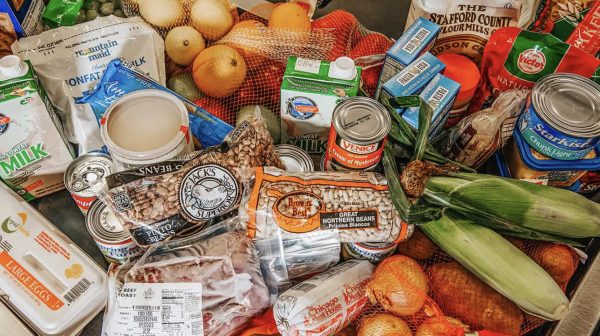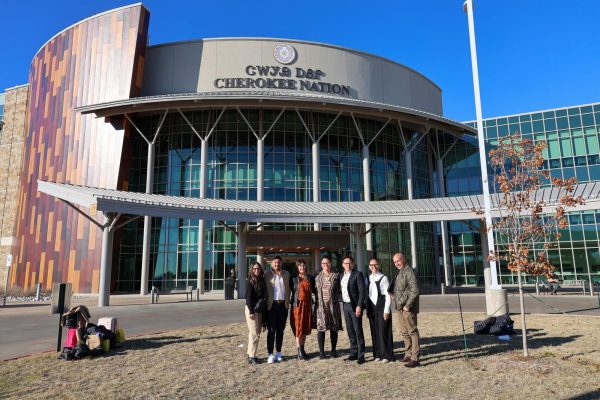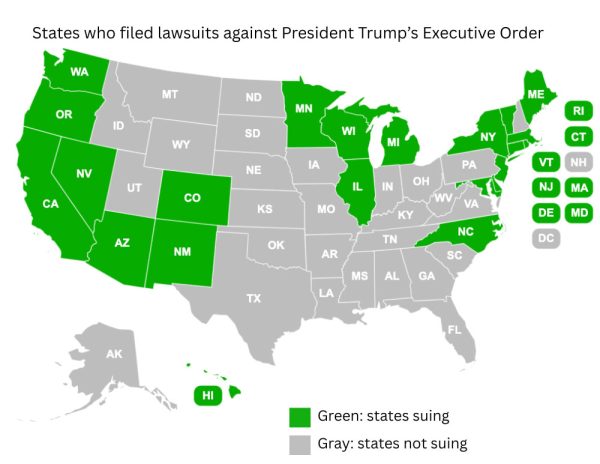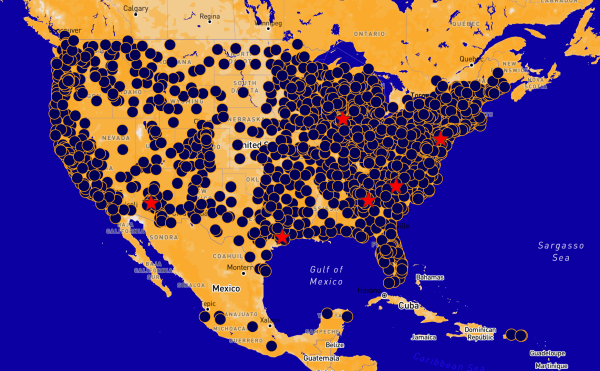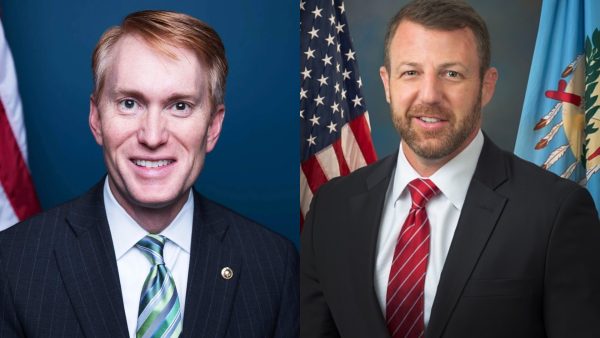Tribes welcome COVID-19 relief funds, say deep-rooted problems remain
WASHINGTON – Advocates said the billions in aid slated for Native Americans under the latest COVID-19 relief bill is welcome, but they told a House committee Tuesday that a one-shot infusion will not solve all the challenges facing tribes.
“While the American Rescue Plan provides much-needed support to Indian Country’s ongoing requests, the pandemic is far from over and there is much work still left to be done,” said William Smith, the National Indian Health Board chairperson.
That includes not just health care, they said, but the whole range of infrastructure shortfalls, from health facilities to lack of broadband access to overcrowded housing, that have combined to contribute to the devastating effects of COVID-19 on Indigenous people.
Members of the House Natural Resources subcommittee that was holding the hearing appeared to be receptive to the range of challenges the advocates brought to the table.
“Many tribal communities lack proper water delivery systems, sanitation facilities and other disparities, which create the perfect storm,” said Rep. Bruce Westerman, R-Ark., and ranking member of the committee.
Tribal communities have been hammered by COVID-19. Smith said in his written testimony that COVID-19 has led to 5,981 American Indian/Alaska Native deaths over the past year. The Indian Health Service reported 189,231 total positive COVID-19 cases as of Sunday, almost one-third of which were reported in Arizona.
The Oklahoma City area office of the IHS recorded the most cases in the nation, with 59,884 cases, but it was followed by Navajo Nation, with 31,224 cases and the Phoenix area office with its 23,236. The Tucson area reported 2,730 to the IHS.
At one point last year, the Navajo Nation had the highest rate of infection in the country, exceeding even New York City at the height of the pandemic. As of Monday, 1,233 members of the Navajo Nation had died of COVID-19, according to the Navajo Department of Health.
The Centers for Disease Control and Prevention reports that Native Americans have the highest risk for infection, hospitalization and death from COVID-19 of any racial or ethnic group in the country.
“According to the CDC our people are 1.7 times more likely to be diagnosed with COVID-19 when compared to non-Hispanic white people,” Smith said.
He said in his written testimony that the $1.9 trillion American Rescue Plan provides more than $6 billion for Indian health with “$600 million specifically for vaccine activities in Indian Country.”
But health care is just one of the areas in need, witnesses said. One effect of the pandemic is that it has exposed long-running housing needs of Indigenous communities, said Adrian Stevens, acting board chairman for the National American Indian Housing Council.
“It is important to discuss how pre-existing housing shortages have impacted and increased COVID-19’s ability to cause greater harm in our tribal communities and other parts of the country,” Stevens said. He cited a 2017 Department of Housing and Urban Development housing needs assessment that highlighted the overcrowding in tribal housing.
“In many tribal communities you will find three generations or larger extended families living under the same roof,” Stevens said. “It is impossible for families to practice safe social distancing under these conditions.”
While there is funding for tribal housing in both the CARES Act and the American Rescue Plan that advocates appreciate, Stevens said “it is just not possible to build new housing at a snap of a finger.” A longer-term commitment is needed, he said.
But it’s not all bad news: Dr. Charles Grim, secretary of the Chickasaw Nation Department of Health testified that “the Chickasaw Nation workforce of over 11,000 experienced significantly lower rates of coronavirus infections compared to rates within our communities in the state.”
Grim attributed that success to policy and procedures implemented by the tribal government.
“We were able to maintain a seven-day percent-positive testing rate that was 50% or less than rates seen in the community and state,” he said. “Presently our seven-day rolling average for employees is at 0.96% compared to the community rate of 10.59%.”
Rep. Don Young, R-Alaska, called on his colleagues to work together to address the range of issues that had been laid out before them.
“Let’s write a new American Native bill… that will address all these problems,” Young said. “A bipartisan bill addressing the indigenous people of America and the salvation and solution to problems that they are facing with funding, the whole bit, the housing, the water and the sewer, education, transportation, you name it. And we can do that, I believe.”
For more stories from Cronkite News, visit cronkitenews.azpbs.org.
